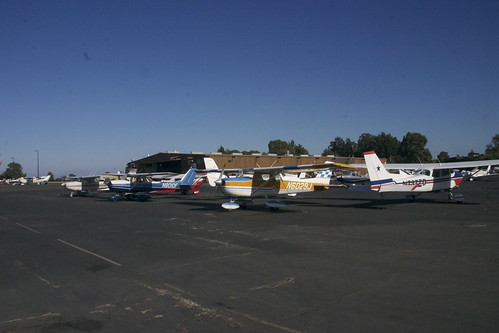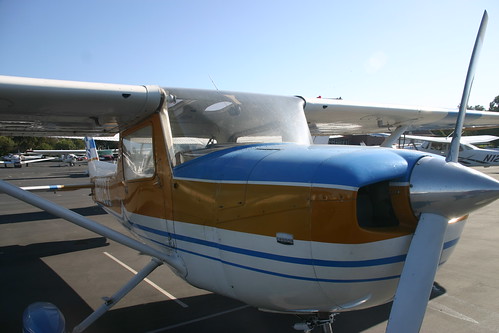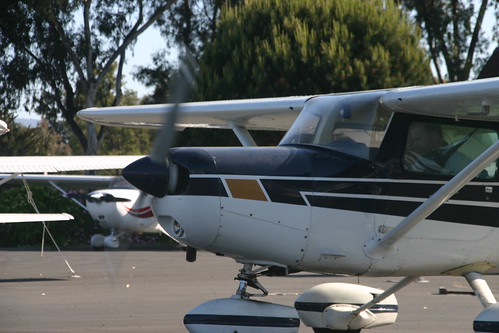Confessional poetry is the poetry of the personal or "I." This style of writing emerged in the late 1950s and early 1960s and is associated with poets such as Robert Lowell, Sylvia Plath, Anne Sexton, and W.D. Snodgrass. Lowell's book Life Studies was a highly personal account of his life and familial ties, and had a significant impact on American poetry. Plath and Sexton were both students of Lowell and noted that his work influenced their own writing.
The confessional poetry of the mid-twentieth century dealt with subject matter that previously had not been openly discussed in American poetry. Private experiences with and feelings about death, trauma, depression and relationships were addressed in this type of poetry, often in an autobiographical manner. Sexton in particular was interested in the psychological aspect of poetry, having started writing at the suggestion of her therapist.
The confessional poets were not merely recording their emotions on paper; craft and construction were extremely important to their work. While their treatment of the poetic self may have been groundbreaking and shocking to some readers, these poets maintained a high level of craftsmanship through their careful attention to and use of prosody.
One of the most well-known poems by a confessional poet is "Daddy" by Sylvia Plath. Addressed to her father, the poem contains references to the Holocaust but uses a sing-song rhythm that echoes the nursery rhymes of childhood:
Daddy, I have had to kill you.
You died before I had time--
Marble-heavy, a bag full of God,
Ghastly statue with one gray toe
Big as a Frisco seal
As a playwright, I’ve written about a dozen plays now, many of which are adaptations of Greek plays. The adaptations vary widely in terms of how closely they cleave to the original work, but all are inspired by what I perceive as the primal formative power of that ancient work. One of the productions I’m most proud of was a version of The Trojan Women I wrote for refugees from the Bosnian War who had fled the former Yugoslavia and were living in NY in the mid 1990s. I received a grant from the Lila Wallace Reader’s Digest Fund that allowed me to organize the project with a psychiatric social worker who had experience in Yugoslavia and with the American Friends Service Committee, which helped me to recruit participants in the project, none of them professional actors, all of them traumatized to some extent by the war.
What we were able to achieve in the project was a real confirmation of the community-building and healing capability of the theater.







